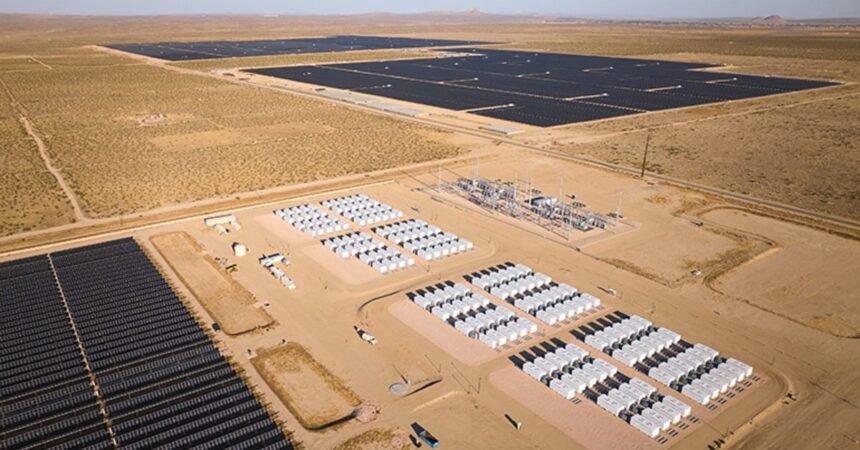The latest report from global energy think tank Ember reveals an exciting development in the world of solar power. According to the report, advancements in battery technology have now made it possible for solar power to deliver affordable electricity almost every hour of the year in the sunniest parts of the world.
The study analyzed hourly solar data from 12 cities and found that in locations like Las Vegas, pairing 6 gigawatts (GW) of solar panels with 17 gigawatt-hours (GWh) of batteries could provide a steady 1 GW of power nearly 24/7. What’s even more impressive is that this can be achieved at a cost of just $104 per megawatt-hour (MWh), making it cheaper than new coal and nuclear power in many regions.
Dubbed “24/365 solar generation” by Ember, this breakthrough is not just a theoretical concept. Cities like Muscat, Oman, and Las Vegas can achieve a steady power supply for up to 99% of the hours in a year. Even cities with cloud cover like Hyderabad, Madrid, and Buenos Aires can reach 80–95% of continuous power using the same solar-plus-storage setup.
According to Kostantsa Rangelova, a global electricity analyst at Ember, this development marks a turning point in the clean energy transition. Around-the-clock solar power is no longer just a dream but an economic reality that presents game-changing opportunities for energy-intensive industries like data centers and manufacturing.
This innovation presents a significant opportunity for sunny regions in Africa and Latin America, as well as for industries looking to tap into solar-plus-storage solutions to avoid lengthy waits and high costs associated with new grid connections. While it may not solve all grid reliability issues, it allows solar energy to play a more significant role, especially in regions with abundant sunshine.
The drop in global battery prices by 40% in 2024 has contributed to a 22% decrease in solar-plus-storage costs, with even cheaper options expected in the near future. Real-world projects, such as the UAE’s gigawatt-scale 24-hour solar facility and solar-powered data centers in Arizona, are already demonstrating the feasibility of round-the-clock solar power.
As battery technology continues to improve, 24/7 solar power could become the backbone of clean energy systems in the world’s sunniest regions. This transformative shift not only benefits the environment but also opens up new possibilities for sustainable energy generation on a global scale.







